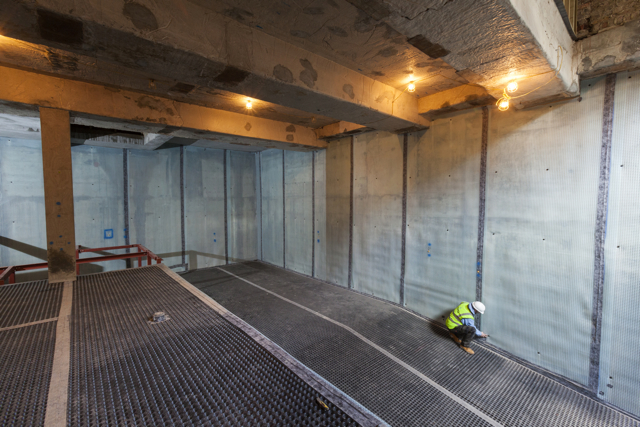A standard may not be a standard! Beware the CE Mark.
With so many structural waterproofing products available today, it’s reassuring for all involved in their specification, procurement and installation to see a product’s quality certifications. These are normally only achieved… Read more

With so many structural waterproofing products available today, it’s reassuring for all involved in their specification, procurement and installation to see a product’s quality certifications. These are normally only achieved through costly and exhaustive application, testing and compliance processes which could lead to some suppliers choosing to offer non-compliant products as quality, certified solutions.
Certifications relating to quality and performance include voluntary BBA certification, various other European voluntary standards and a compulsory legal requirement for a CE Mark. CE originally stood for Conformité Européenne and has been in place since 1985. This broad European standard covers conformity with health, safety and environmental protection for products and relates to everything from electrical items to construction related products. Along with an authorised CE Mark, a Declaration of Performance (DoP) is also required as part of the process of CE conformity.
Responsibility for ensuring CE product marking lies with whoever puts the product on the market in the EU: an EU-based manufacturer, the importer or distributor of a product made outside the EU, or an EU-based office of a non-EU manufacturer.
Regulation (EU) No. 305/2011 (The Construction Products Regulation) requires that a CE Mark that falls within a Harmonised European Standard (hEN) must be available for products within a construction project. This means that all cavity membranes need to hold the CE Mark and have a DoP as they fall within the European Harmonised Standard BS EN 13967:2012.

A specifier or user should therefore ensure that a product has the mandatory CE Mark and DoP as a minimum, as failure to comply could result in a hefty fine, or even imprisonment, for all those involved in the supply chain. A product recall is also a possibility, which could result in the removal of the product from a project, attracting considerable costs and damage to reputations.
The responsibility and any resulting liability for using a product that should be CE Marked but is non-CE compliant, cannot just be passed back to the manufacturer or supplier as all those in the supply chain, including the installing contractor and specifier have a legal responsibility to ensure that the CE Mark and DoP is in place.
Against the current background of ‘fake products’, the authenticity of a product’s CE Mark can be difficult to determine. Thankfully our industry has a very good reputation for providing quality, CE compliant products but, the risk of being caught out by using products with fake CE certification or labelling is increasing with the growth of the global on-line trading environment.
With such potentially heavy consequences for using or specifying products in the UK that do not meet the mandatory requirements, it is strongly advisable to double check the source of products you are planning to specify, use or install, and to obtain your own copy of their genuine CE and DoP documentation from the manufacturer or supplier – and retain it safely for future evidence if required.

